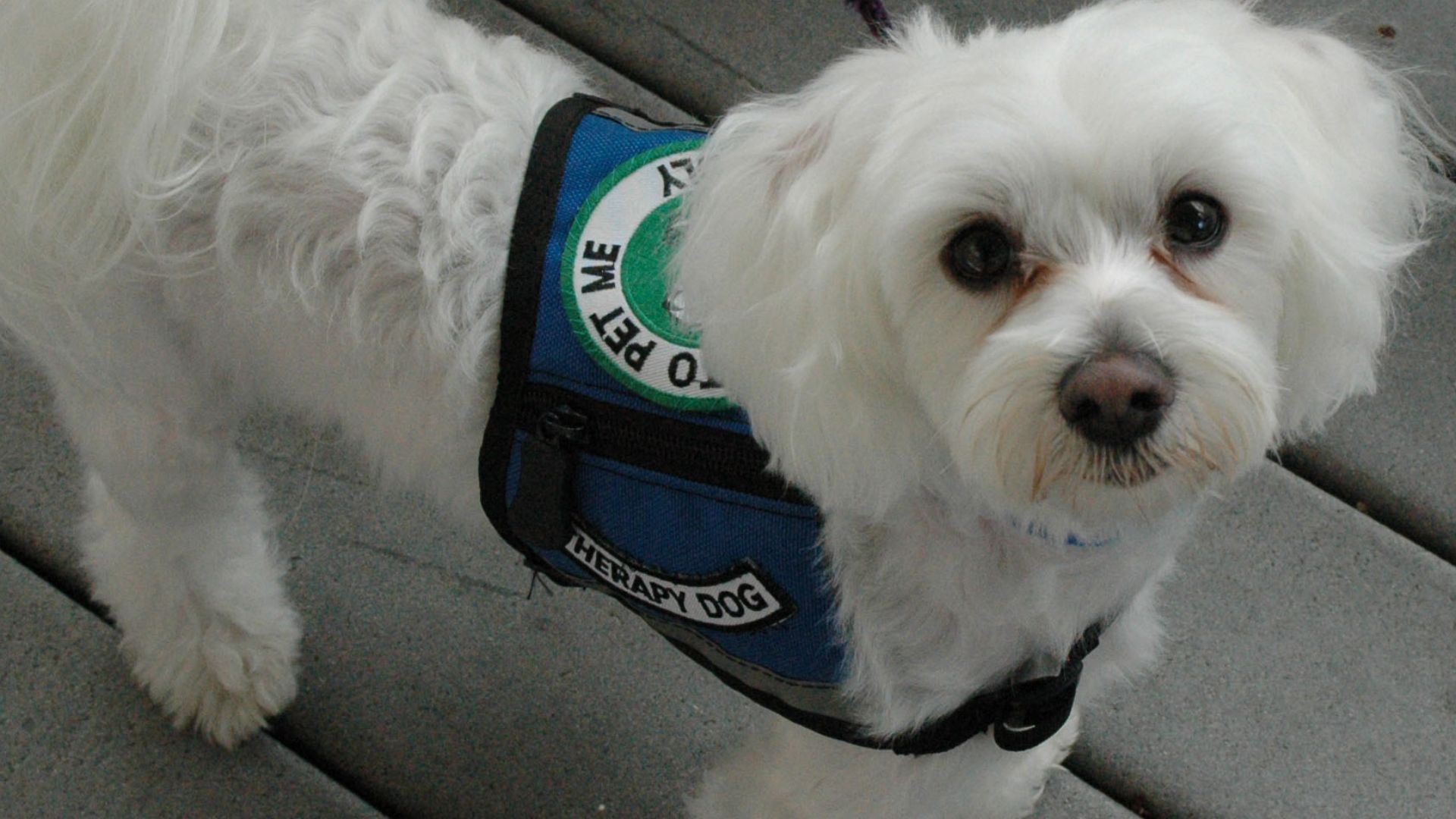Breaking the Mold of Traditional Therapy
Therapy is a toolbox for the mind, filled with unique ways to tackle life’s challenges and improve well-being. Each type offers its own approach. Moreover, gone are the days when therapy was seen as one-size-fits-all. Now, there’s a method to suit every personality and situation! With that, let's look at ten different types that show how healing can be as unique as the people who seek it.
1. Virtual Reality Therapy
Facing your fears doesn’t have to mean stepping into real danger. Virtual Reality Therapy uses immersive simulations to help you confront anxiety, phobias, or PTSD in a safe, guided environment. With a therapist by your side, you can build resilience and confidence in tackling your stressors.
2. Neurofeedback Therapy
Neurofeedback therapy works with your brain's natural love for feedback. The use of sensors to monitor your brain activity gives you real-time cues to guide and balance your mind. It's particularly helpful for managing ADHD, as it teaches your brain to fine-tune itself—similar to adjusting an instrument to stay perfectly in tune.
3. Somatic Therapy
This therapy guides you to reconnect with your body through simple movements and awareness of physical sensations. It's like giving your body a voice to speak up. Have you ever noticed how your shoulders tighten when you're stressed? Somatic therapy helps you figure out why and shows you ways to release that tension.
 Priscilla Du Preez 🇨🇦 on Unsplash
Priscilla Du Preez 🇨🇦 on Unsplash
4. Acceptance and Commitment Therapy (ACT)
Acceptance and Commitment Therapy teaches you to call a truce. Instead of trying to shut down negative feelings, ACT helps you acknowledge them and focus on what truly matters to you. It’s like saying, “Hey, stress, you can ride along, but I’m still driving the car,” and hence turns life’s chaos into something manageable.
5. Ecotherapy
Nature heals in ways a room simply can’t. Ecotherapy helps you reconnect with the outdoors—whether you’re hiking, gardening, or forest bathing. This approach reduces stress, boosts mood, and also lowers cortisol significantly. When life feels too heavy, fresh air might just be the best solution.
 Sergi Gomez Sanchis on Wikimedia
Sergi Gomez Sanchis on Wikimedia
6. Art Therapy
Not all therapy happens with a couch and a notepad—sometimes, it involves a paintbrush or a lump of clay. Art Therapy is like giving your emotions their own canvas to speak. Plus, you don’t have to be Picasso; it’s about finding relief, clarity, and a little joy through self-expression.
7. Animal-Assisted Therapy
Animal-Assisted Therapy brings trained animals, like dogs, into the healing process. These companions offer comfort and provide a sense of connection that words alone can’t achieve. Their presence makes challenges feel lighter, and recovery feel more approachable. It’s a heartwarming way to heal with a little help from some animals.
 Jocelyn Augustino on Wikimedia
Jocelyn Augustino on Wikimedia
8. Music Therapy
Do you have a favorite song that instantly lifts your mood? That's the magic music brings to the table. Strumming a guitar or soaking in melodies helps release tension and explore feelings you didn't even know were bottled up. Plus, music creates a safe space where you can explore your emotions and maybe discover a new rhythm for your life.
9. Cognitive Processing Therapy (CPT)
Memories of trauma are a heavy backpack you can’t take off. Cognitive Processing Therapy helps lighten the load. By working through those tough memories, you learn to untangle harmful thoughts and replace them with healthier ones. It’s like decluttering your mind—making space for healing and growth.
10. Dialectical Behavior Therapy (DBT)
When emotions feel like a rollercoaster, Dialectical Behavior Therapy (DBT) helps smooth the ride. Originally developed for borderline personality disorder, DBT teaches skills like emotional regulation and distress tolerance. It's proven effective for a range of conditions, including eating disorders and severe anxiety.















